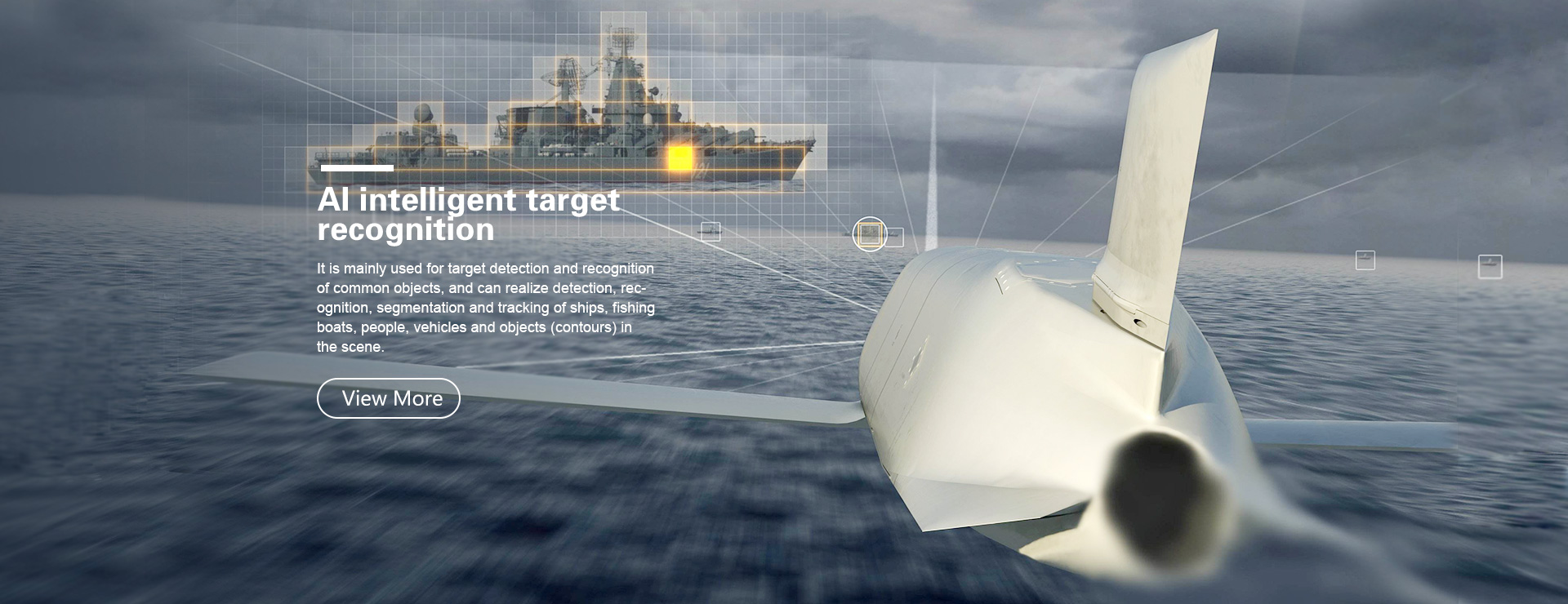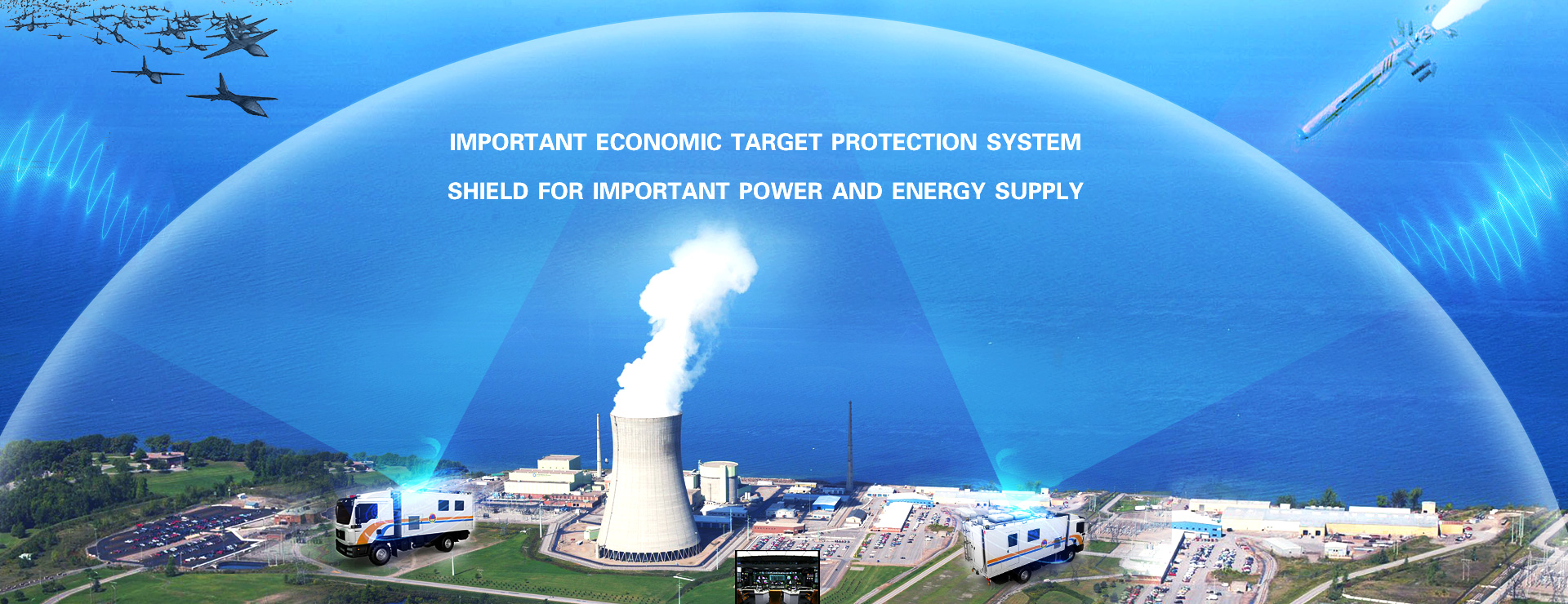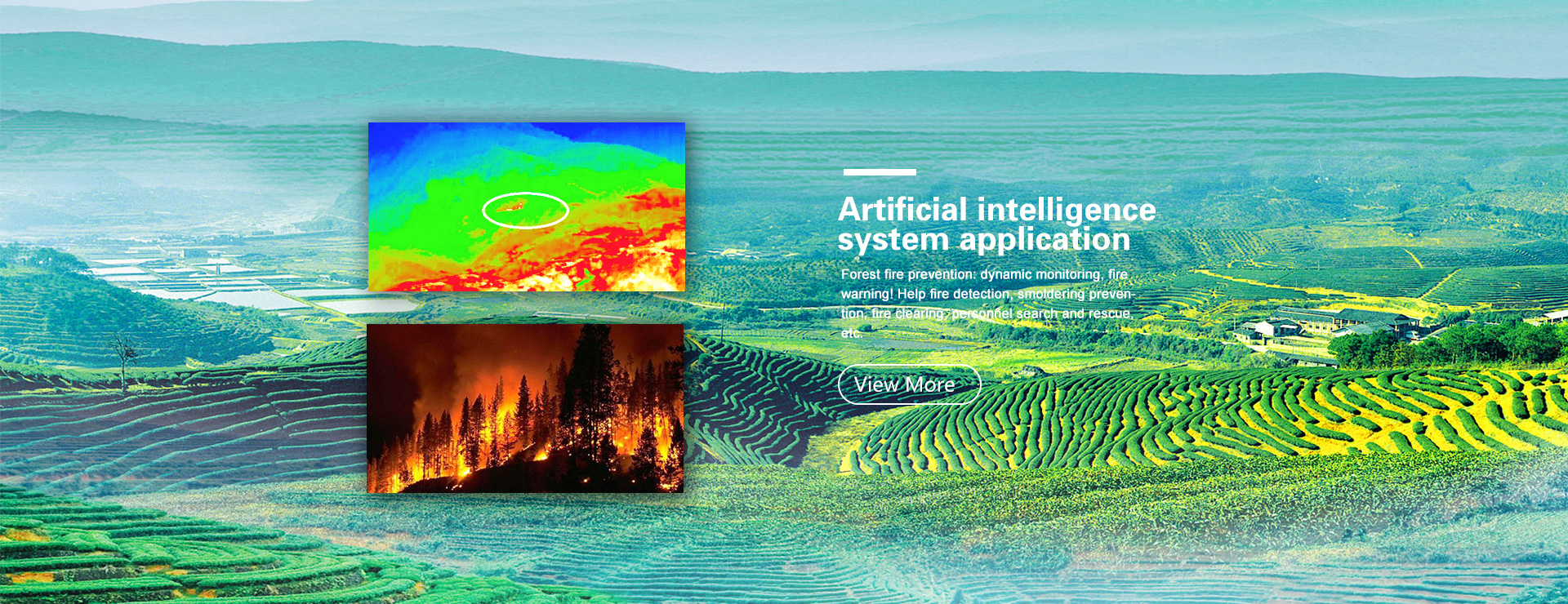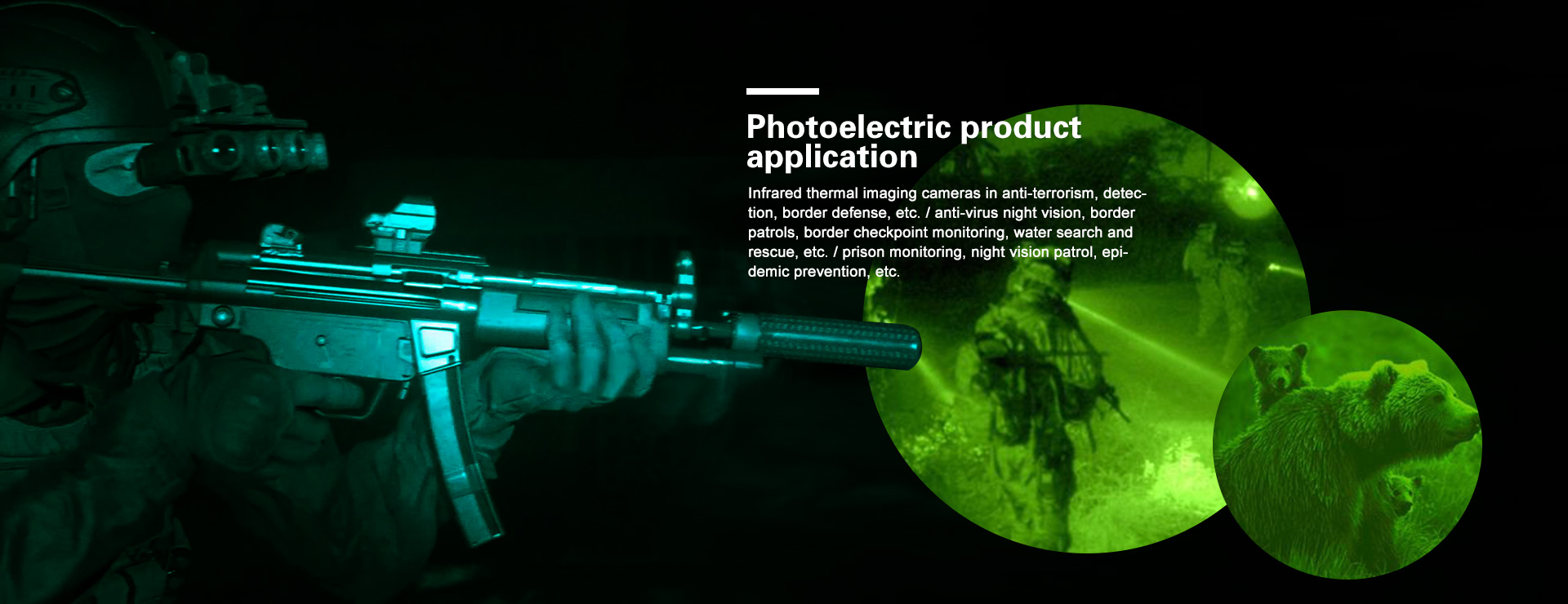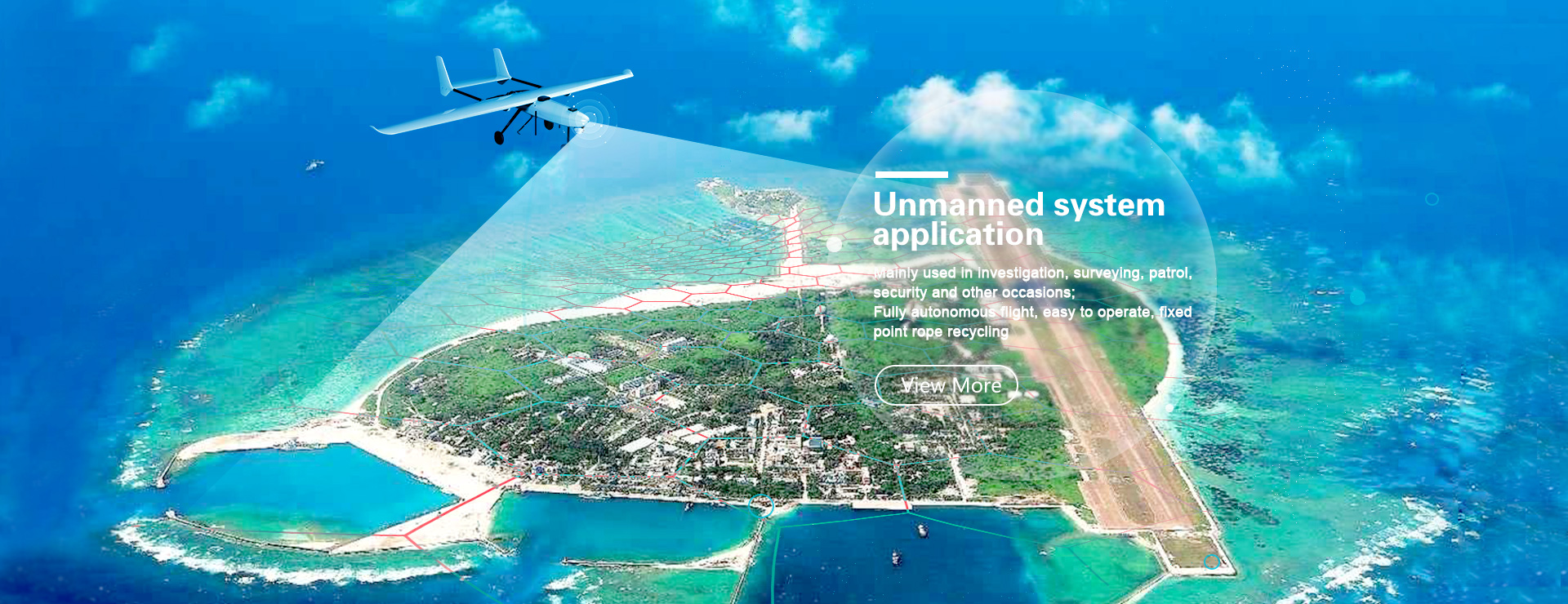Drone + Big Data = Automated Agriculture?
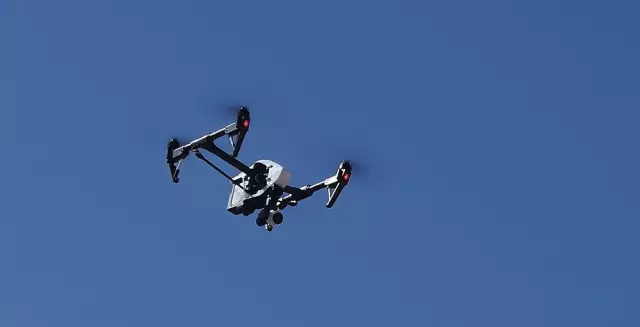
In an endless struggle with harsh nature, Australia's Wine Country uses a variety of "high-end weapons" to fight hot, arid climates, such as automatic irrigation systems. Soil testing systems and more.
But without real-time data monitoring, crop problems cannot be detected in time, so it may be too late for the automated system to respond. The serious lag and high cost of the automation system made it impossible for some farmers to drive them all day, and some even abandoned the machine completely.
Carnegie Mellon University alumni James Laney, Constantin Baumgartner and Daniel Del Duca brought a solution to Australian farmers, including unmanned aerial vehicles (UAVs) and big data analytics systems. Laney said: "In Australia, the law stipulates that operating a drone is equivalent to providing a service. But not in the United States, you must have the FAA (United States Federal Aviation Administration) number 333 exemption to open a drone, and It’s hard. So we did everything we could to build this business model in Australia, when the Federal Aviation Administration was still struggling with management.” They anchored the business model to agriculture. Agriculture is one of the few civilian sectors that can make a lot of money with automated systems.
The research trio collects agricultural data from Australian grape growers through their aviation labs. Their drones carry their VARAR (Vegetation Analysis and Data Regression) engine. This drone can be patrolled on farmland, take real-time images, and make the original picture into a digital map. Through these real-time maps, the health of crops can be seen at a glance, and abnormal conditions can be immediately detected.
Laney explains: “The concept we play is “precision agriculture.” This means splitting a large farm into separate pieces and then pinpointing areas that are badly growing or suffering from pests and diseases. The accurate positioning of the farmers can prescribe the right medicine without having to deal with the entire farm. The obvious benefit of this technology is the saving of water and fertilizer.
VADAR is also able to integrate farmland data into digital maps and send reports that make information easy to read to users who have installed mobile apps. Laney said: “VADAR can help farmers analyze multiple factors related to crop health and then give a better crop management strategy model step by step. Ultimately, we believe that our system can provide a more detailed strategy model. This model provides monitoring for every plant."
Laney believes that the biggest challenge they face today is that the speed of the technology industry is growing too fast compared to agriculture and crops. “For example, it takes a whole growing season to evaluate the effectiveness of our new technology. However, for many farmers, crop management issues and existing technologies are already very tricky, and they are not willing to try an unexplained one. Emerging technologies. It is not easy to break this barrier."
Although the resistance is quite large, the research team has also cooperated with Australian grape growers. They began tracking the effectiveness of new technologies on farmer's vineyards in September and October this year. September and October are the seasons when local grapes sprout, and they must always detect the grape harvest.
Laney said: "This monitoring method throughout the grape's entire growth cycle allows us to compare the effects of new technologies with previous harvests to demonstrate the capabilities of our aerospace laboratory." This fall, the team also plans to recruit some students to participate. Their spring project also has this business.



